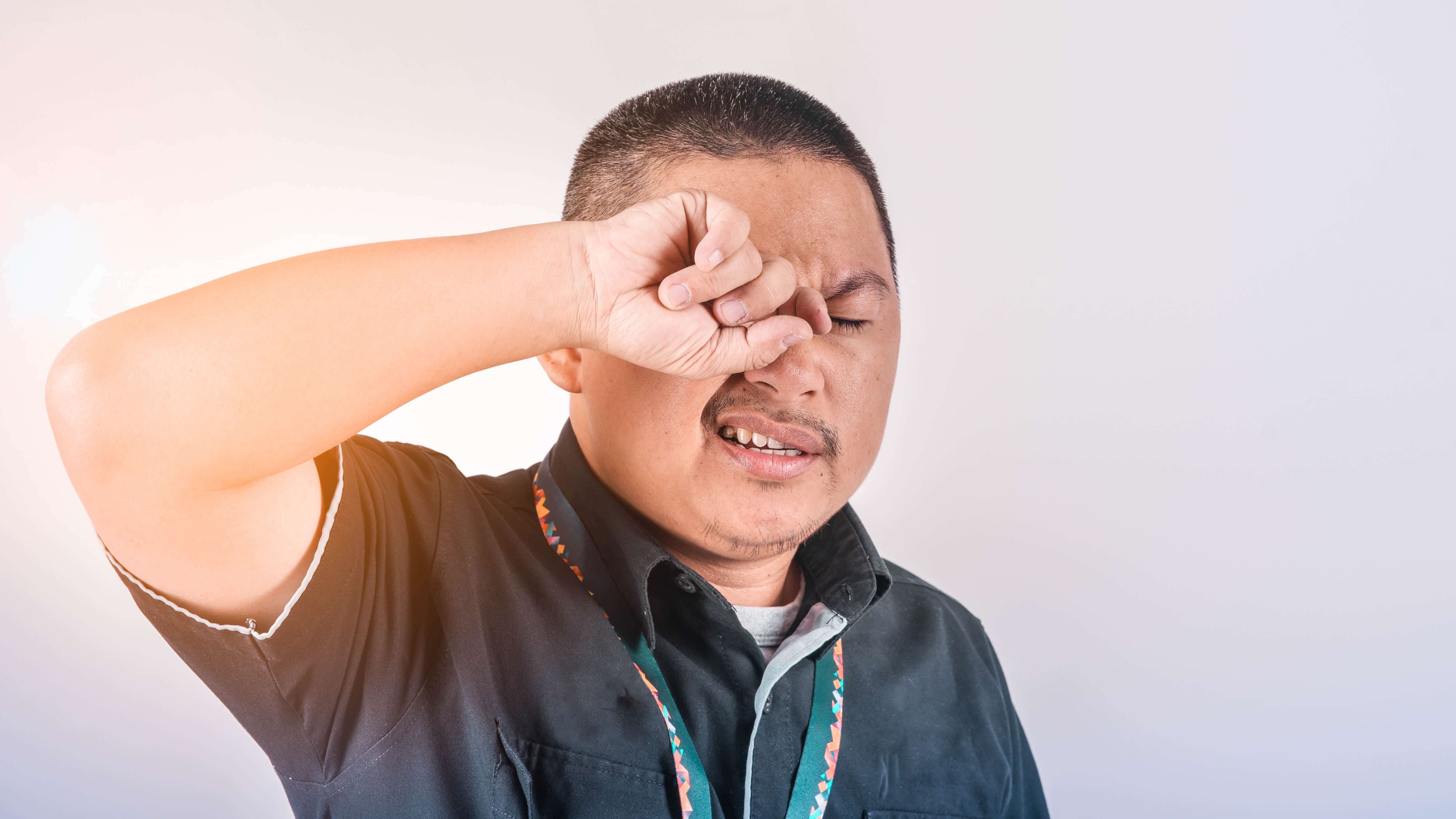July is Dry Eye Awareness Month
&srotate=0)
Dry Eye Syndrome
July is Dry Eye Awareness Month and we are sharing common causes of dry eyes as well as how to treat the condition.
Dry eye is a common condition shared by millions of adults across America. If you believe you are experiencing chronic dry eye syndrome, schedule an appointment with an eye care professional today. By conducting a thorough eye exam, an ophthalmologist will be able to review your medical history and devise a unique treatment plan based on your specific needs.
Causes
The two leading causes of dry eye syndrome are: a lack of tears or irregular tear makeup. When tear production malfunctions, dry eye syndrome may develop. Malfunctions in tear production can occur due to a variety of factors such as hormonal changes, aging, underlying conditions like rheumatoid arthritis, and specific prescription drugs.
Symptoms
Those suffering from dry eye usually experience irritation such as a burning or scratchy sensation within the eye. A common symptom associated with dry eye is feeling “something stuck in your eye,” like a piece of sand. This can cause your eyes to water, resulting in blurred vision. Below is a list of common symptoms related to dry eye syndrome.
Appearance of:
- Redness
- Watery Tearing
- Stringy Mucus Around the Eye
Feelings of:
- Burning
- Scratchiness
- Pain
- Soreness
- Blurry Vision
- “Something Stuck in the Eye”
- Light Sensitivity
- Tired Eyes
Treatment Options
There are a variety of solutions to resolving the uncomfortable experience of dry eyes. The shared goal of all treatment options is to restore an average amount of tears to the eyes. This will minimize dryness and maintain overall eye health. A variety of options can be found below.
Artificial Tears
Artificial tears are lubricants that can be purchased over-the-counter at most drugstores or prescribed by a doctor. They help to moisten the eyes and provide temporary relief from dryness-related symptoms.
Medications
Your doctor may prescribe you anti-inflammatory medications to ease your discomfort.
Make Minor Living Adjustments
Try using a humidifier to keep the air around you moist. In addition, limit the amount of time you spend looking at a screen to avoid further irritation.
LipiFlow
Wang Vision Institute is one of the top centers in the state for LipiFlow. During this process, meibomian glands within the eyelids are warmed and massaged gently, promoting improved natural tear production.
Punctal Plugs
Our opthamologists utilize special plugs that are placed in your tear ducts, a process called punctal occlusion, to seal them off and hold the natural tears in the eye.
Amniotic Membrane Contact Lens (AMCL)
Wang Vision’s very own Dr. Ming Wang (M.D., Ph.D.) developed the amniotic membrane contact lens to offer relief from dry eye symptoms.
BlephEx Treatment
This procedure clears away any debris or bacteria that could be causing your dry eye. Wang Vision Institute was the first eye care center in Middle Tennessee to perform the BlephEx procedure.
Schedule a consultation to learn which treatment option is right for you. Contact us today!